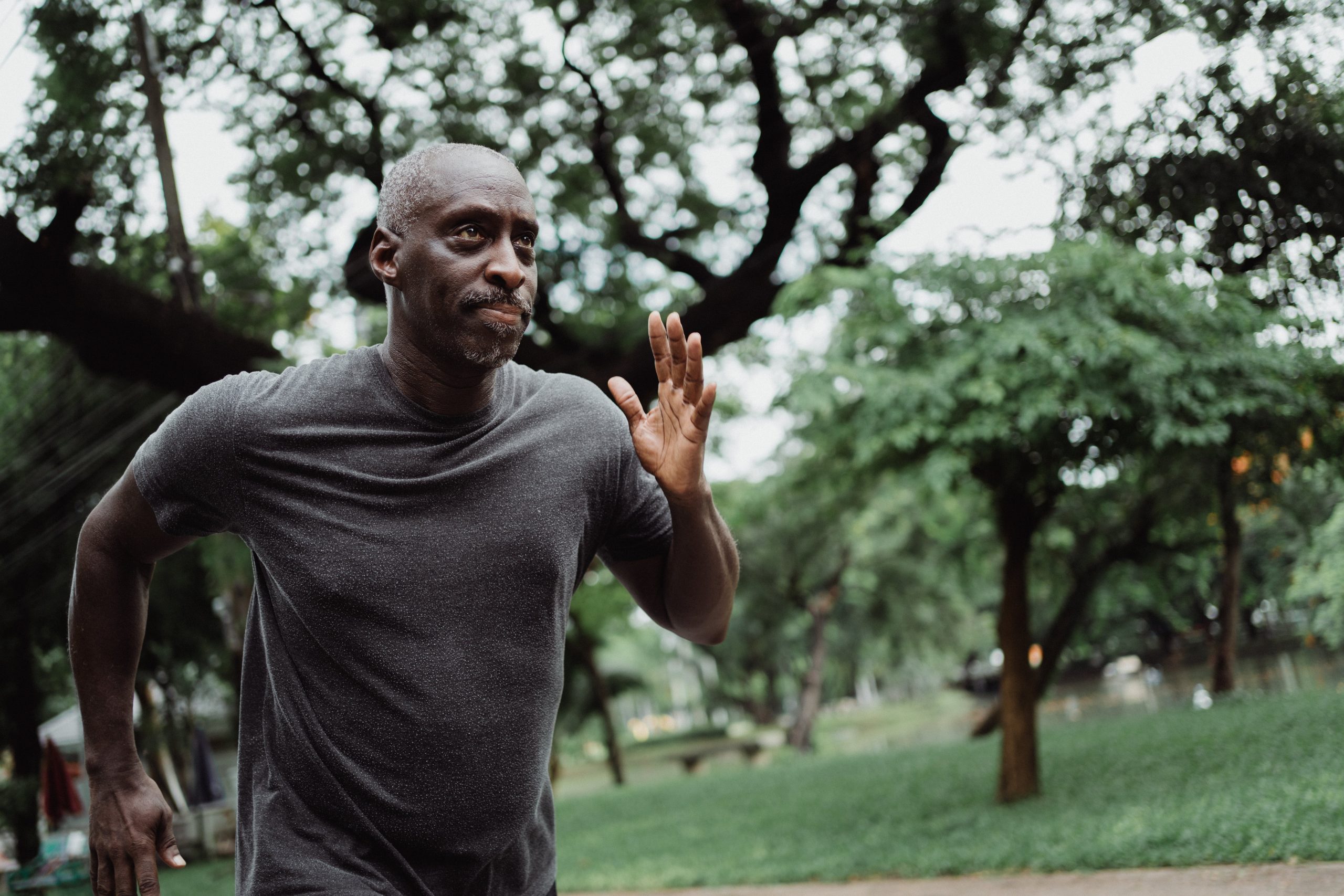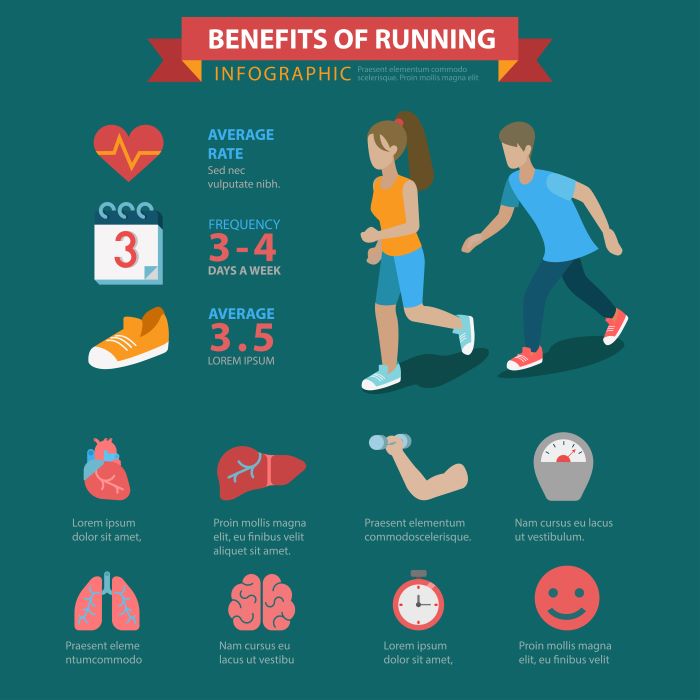When it comes to regaining your running fitness, understanding the recovery time is crucial. Whether you’ve taken a break due to injury, time constraints, or personal reasons, the path back to your peak performance can vary significantly. The fundamental question arises: how long to get running fitness back? This depends on various factors, including the length of your break, your fitness level before the hiatus, and your overall health.
Typically, runners can see notable improvements within a few weeks of consistent training. However, it’s essential to recognize that fitness recovery is not a one-size-fits-all journey. Here are some key factors that influence recovery time:
- Duration of Break: The longer the break, the more time it may take to regain fitness. A few days off will generally require less recovery than several months.
- Initial Fitness Level: Experienced runners may bounce back quicker than beginners, who might need more time to build their endurance.
- Age and Health: Factors such as age and pre-existing health conditions can also play a role in how quickly you recover.
Incorporating tailored workouts into your routine can significantly expedite this process. Visit our website to learn more and get started today! Click here.
Factors Influencing Your Running Comeback

Regaining your running fitness is a multifaceted process influenced by several key factors. Understanding these elements can help you tailor your approach for a successful comeback. Here are some of the most significant factors to consider:
- Consistency of Training: Regular workouts are essential for rebuilding endurance and strength. Aim for a balanced routine that includes a mix of long runs, speed work, and rest days.
- Nutrition: Fueling your body with the right nutrients is vital for recovery. A diet rich in carbohydrates, proteins, and healthy fats can enhance your performance and aid in muscle repair.
- Rest and Recovery: Giving your body time to recover is just as important as the workouts themselves. Incorporating rest days and active recovery can prevent injuries and promote overall fitness.
- Mental Attitude: A positive mindset can significantly impact your training. Staying motivated and focused on your goals will help you push through challenges and setbacks.
- Professional Guidance: Seeking advice from coaches or trainers can provide personalized insights and structured plans tailored to your specific needs.
By recognizing and addressing these factors, you can create a more effective strategy for your running comeback, ensuring that you regain your fitness in a sustainable and enjoyable way.
Effective Strategies for Regaining Running Fitness

Implementing effective strategies is crucial for a successful return to running fitness. Here are some tried-and-true methods that can help accelerate your progress:
- Start Slow: Begin with shorter distances and a comfortable pace. Gradually increase your mileage each week to avoid injury and allow your body to adapt.
- Incorporate Cross-Training: Activities like cycling, swimming, or strength training can enhance your overall fitness without putting excessive strain on your running muscles.
- Set Realistic Goals: Establish achievable milestones that can keep you motivated. This could be a specific distance, time, or even participating in a local race.
- Utilize Interval Training: Short bursts of high-intensity running interspersed with recovery periods can effectively build your speed and endurance. This strategy can be particularly beneficial when you’re getting back into shape.
- Listen to Your Body: Pay attention to how your body feels during and after your runs. Adjust your training intensity or take additional rest days if you experience discomfort or fatigue.
By incorporating these strategies into your routine, you can enhance your training effectiveness and get back to your peak performance levels more quickly.
The Importance of Consistency in Training

Consistency in training is a fundamental pillar of regaining running fitness. It’s not just about how hard you train, but rather how regularly you engage in your running routine. Here’s why maintaining a consistent schedule is essential:
- Builds Habit: Regularly scheduled runs help form a habit, making it easier to lace up your shoes and hit the pavement. Over time, running can become an integral part of your lifestyle.
- Improves Endurance: Consistent training gradually increases your cardiovascular endurance and muscular strength. This cumulative effect leads to improved performance in the long run.
- Reduces Risk of Injury: Sporadic training can lead to injuries caused by sudden increases in intensity or distance. By training consistently, you allow your body to adapt progressively, minimizing the risk of overuse injuries.
- Enhances Mental Resilience: Sticking to a training plan fosters mental toughness. As you push through tough days, you build confidence in your ability to overcome challenges.
- Tracks Progress: Consistency allows for better tracking of your progress. You can evaluate your performance over time, making it easier to identify what works and what needs adjustment.
Adopting a consistent training regimen is vital for anyone looking to regain their running fitness efficiently. It paves the way for steady improvement and lasting success.
Setting Realistic Goals for Your Return

Setting realistic goals is a crucial step in the process of regaining your running fitness. It not only helps to keep you motivated but also ensures that you progress safely and effectively. Here are some key considerations when establishing your running goals:
- Assess Your Current Fitness Level: Before setting goals, take an honest look at your current fitness level. This assessment will guide you in determining what is achievable based on your previous experience and current capabilities.
- Set SMART Goals: Utilize the SMART criteria—Specific, Measurable, Achievable, Relevant, and Time-bound. For example, instead of stating “I want to run more,” consider a goal like “I will run three times a week for 30 minutes over the next month.”
- Focus on Process Goals: While outcome goals (like running a marathon) are important, process goals (like completing a specific workout) can help maintain motivation and provide a sense of accomplishment along the way.
- Be Flexible: Life can be unpredictable, and your goals may need adjustments. Listen to your body and adapt your plans as necessary, especially if you encounter setbacks.
- Celebrate Small Wins: Recognizing and celebrating small achievements can boost your confidence and keep you motivated. Whether it’s increasing your distance or improving your pace, every step counts!
By setting realistic and achievable goals, you create a roadmap for your return to running fitness, making it easier to stay on course and enjoy the journey.
Joining a Running Community for Support
One of the most rewarding aspects of running is the sense of community it fosters. By joining a running community, you gain not only camaraderie but also invaluable support during your fitness journey. Here are several benefits of being part of a running community:
- Motivation and Accountability: Surrounding yourself with like-minded individuals can significantly boost your motivation. Whether it’s sharing goals, participating in group runs, or simply having someone to check in with, the support system encourages you to stay committed.
- Access to Expert Advice: Many running communities offer resources such as training plans, injury prevention tips, and nutritional guidance. Access to experienced runners and coaches can provide you with knowledge that enhances your performance.
- Social Connections: Running can sometimes feel isolating, especially if you’re training alone. A community provides opportunities to meet new friends who share your passion for running, making the experience more enjoyable.
- Group Events and Races: Communities often organize races and events, giving you a chance to challenge yourself in a fun and supportive environment. Participating in these events can reignite your enthusiasm for running.
- Shared Experiences: Sharing your journey with others who understand the ups and downs of running can be incredibly uplifting. Hearing success stories or advice from fellow runners can inspire you to push through your own challenges.
Joining a vibrant running community can transform your running experience. Whether you’re a novice looking to get started or a seasoned runner aiming to improve, the support and encouragement from fellow runners can help you achieve your fitness goals. Visit our website to learn more and get started today! Click here.


